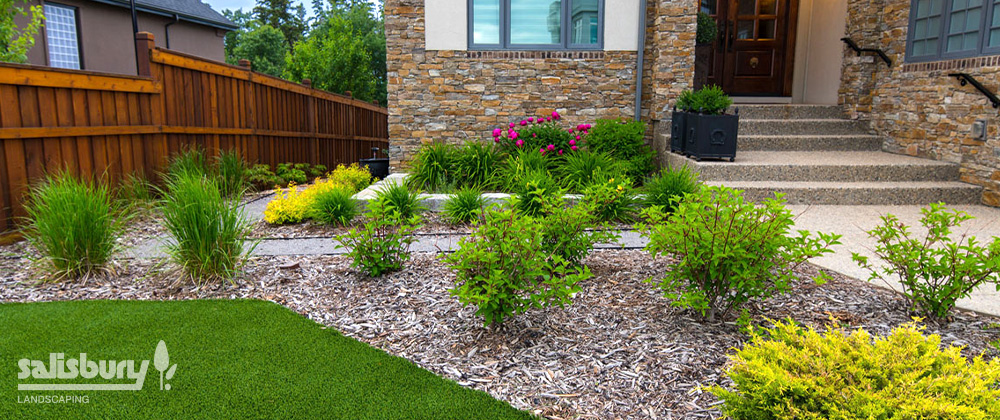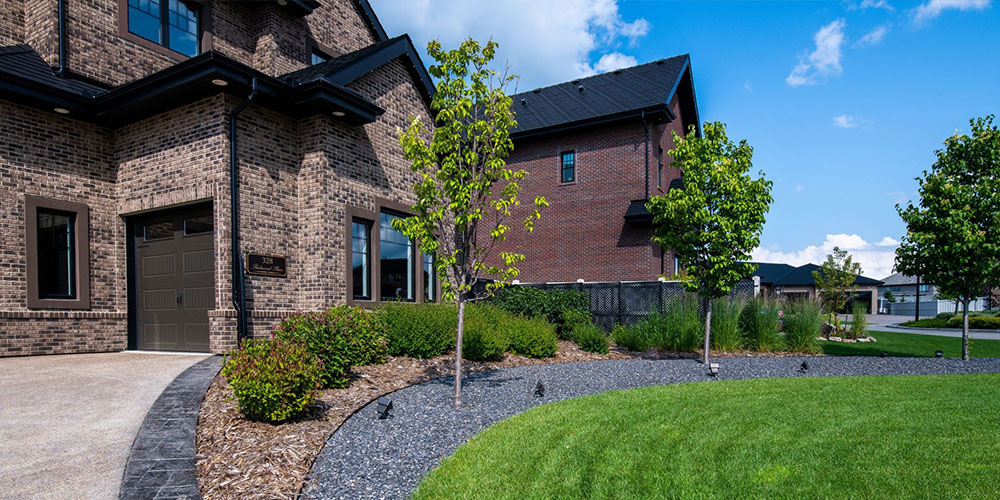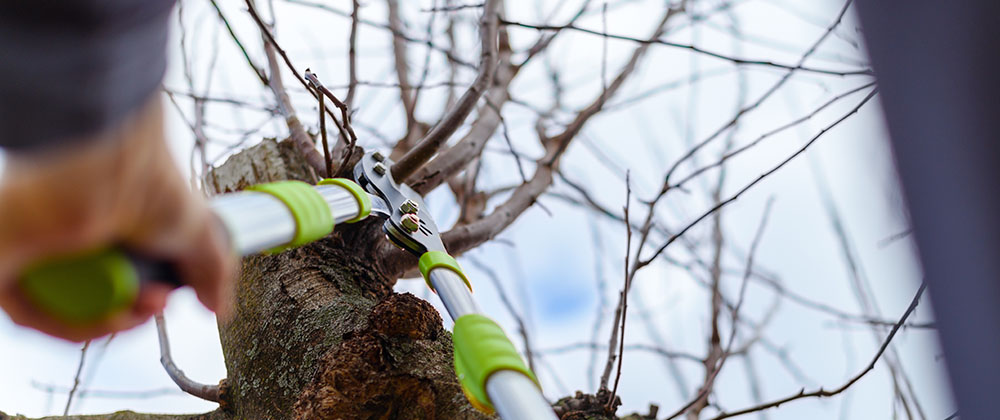Tree planting is a total win-win: It increases your home value, provides you with some nice shade (and maybe even some fruit), and it purifies the air, taking in old CO2 and churning out fresh, clean oxygen. Many species of trees live for hundreds of years, so every time you plant a tree, you’re really making history by giving this green giant a place to thrive for centuries to come! But before you rush to the greenhouse to pick out a new sapling, there are some things you should get sorted out before you get that baby tree in the ground.


THINGS TO CONSIDER WHEN PLANTING NEW TREES
Different trees have different needs. After all, they’re a pretty broad and diverse category of plants. When deciding which tree to go for, you need to get a good idea of what you’re working with in terms of location. Your yard has its own unique terrain, soil conditions and sunlight levels, so surveying the area first will help you make an informed decision. For example, if you want to plant a tree on top of a hill, you won’t want to choose a tree that prefers super moist clay soil, because the water will drain down from the hill too quickly.
Here are some questions you should ask before you make your decision:
What is the current pH of my soil?
Soil is usually a little more on the acidic side, but sometimes it can be too acidic, too alkaline, or balanced. If there’s a tree you have your heart set on, but your soil conditions aren’t quite right, consider amending the soil before planting to make sure your new tree will be comfortable.
Is my soil moist and clay-heavy, or sandy and fast-draining?
Some trees thrive in damp soil, whereas others will succumb to root rot if left to sit in stagnant water.
Is my yard heavily shaded, in direct sunlight, or under dappled sun?
If you want your tree to develop properly, you’ll need to make sure it’s receiving the correct amount of sunlight. A tree that needs tons of sun isn’t going to do so hot under a canopy of foliage from other trees, so choose wisely.
What zone am I gardening in?
Here in Edmonton, we’re in Zone 3A, so trees meant for warmer climates aren’t cut out for Alberta winters. Check the viable zones for your tree of choice to make sure it can tough it out during the cold months.
Once you’ve got a better idea of the conditions in your yard, you can start your tree shopping! To make your decision process easier, we’ve assembled some top picks for specific types of growing conditions.


Trees for Shade
Linden: American Linden and especially Redmond Linden grow well in shady conditions. Their striking pyramidal form is accented by heart shaped leaves with brilliant yellow heavily scented flowers in the middle of the summer.
Serviceberry (Saskatoon berry): There are several varieties of this berry-producing plant that come in either shrub or tree form, depending on the cultivar. The berries may taste a little more tart with less sunlight, but they’re still delicious.
BACKYARD TREE OPTIONS FOR SMALL SPACES


Upright Junipers: This columnar shaped evergreen is incredibly hardy. Coming in both blue leaves and green leaves it can easily be shaped. Often you will see tall junipers pruned into spirals or poodles. If not used as an accent in the yard it can be used as a privacy hedge.
Juliet Cherry: Lovely to look at, and tasty too! The delicious sour cherries that this small fruit tree produces are incredible, and the spring blossoms are a real sight for sore eyes.
Weeping White Spruce: This dramatic ornamental evergreen has a slender silhouette and isn’t likely to exceed 20 feet tall or 5 feet wide, so it’s perfect for small yards.
There are loads of other trees that can tolerate a range of conditions here in Edmonton. So, if there’s a tree you’ve had your sights set on for some time, just do a little research into what it needs to thrive. As long as your yard can offer your new tree the optimal amounts of nutrients, sunlight and moisture, your tree should last a lifetime.






